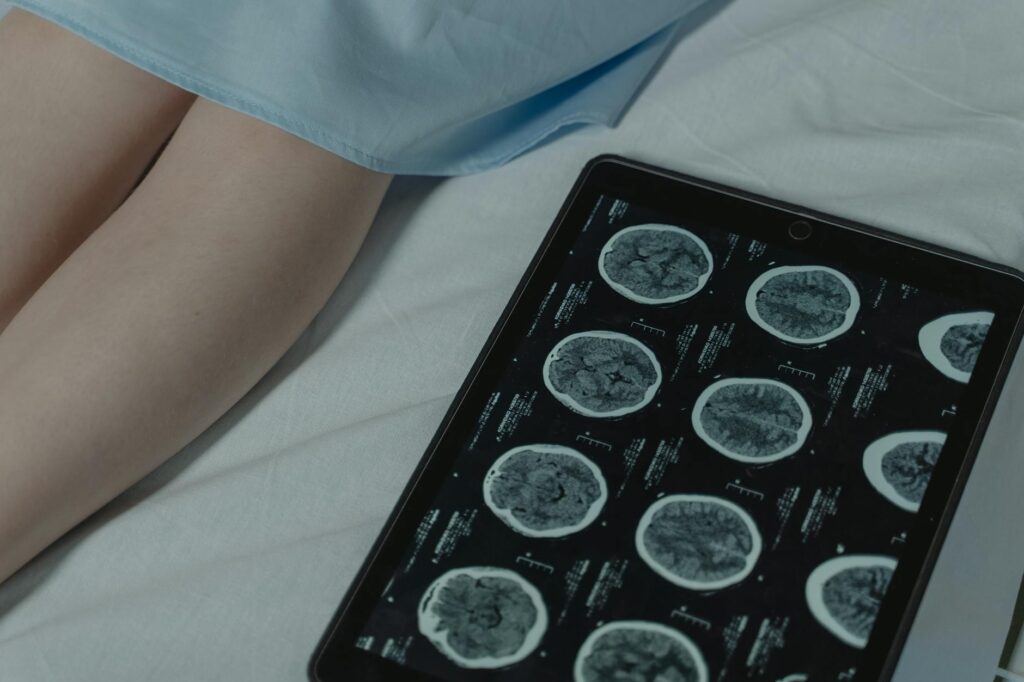What is brain structure?

What is brain structure?
Understanding brain structure is crucial for grasping how our minds work, influencing everything from our thoughts and emotions to our physical health. The brain serves as the command center for our nervous system, orchestrating our daily functions. With over 86 billion neurons, it’s a complex network that processes information in extraordinary ways. Let’s explore the intricacies of brain structure and its significance in our lives.
Overview of Brain Structure
The brain is composed of several key components, each playing a vital role in our overall functioning. In this section, I’ll outline the basic parts we will discuss. You’ll learn about the major sections, including:
- Cerebrum
- Cerebellum
- Brainstem
These areas are further divided into various functional regions, each responsible for specific tasks, contributing to our cognition, behavior, and coordination.
Major Parts of the Brain
The brain can be divided into three major parts: the cerebrum, cerebellum, and brainstem. Each part performs distinct functions that are essential for daily life.
- Cerebrum: The largest and most recognizable part of the brain, responsible for higher brain functions.
- Cerebellum: Located under the cerebrum, it plays a crucial role in coordination and balance.
- Brainstem: This part connects the brain to the spinal cord and regulates vital functions like breathing and heart rate.
Understanding these components helps provide insight into how they interact and contribute to our overall health.
Functional Areas of the Brain
Within these major parts, there are various functional areas that specialize in different activities. For instance, the cerebrum is divided into lobes that manage distinct functions:
- Frontal Lobe: Responsible for reasoning, planning, and problem-solving.
- Parietal Lobe: Involved in processing sensory information.
- Temporal Lobe: Plays a role in memory and emotion.
- Occipital Lobe: Responsible for visual processing.
These functional areas work together harmoniously, highlighting the incredible complexity of brain structure.
Detailed Anatomy of the Brain
Now, let’s delve deeper into the specific parts of the brain, exploring their anatomy and functions in detail.
Cerebrum
The cerebrum is the largest part of the brain, divided into two hemispheres: the left and right. Each hemisphere controls different functions and processes information differently. For instance, the left hemisphere typically handles logical thinking and language, while the right hemisphere is more involved in creativity and spatial awareness.
This dual function allows us to navigate the world in a balanced way, blending logic and creativity.

Photo by Tima Miroshnichenko
Limbic System
The limbic system, nestled within the cerebrum, is integral to our emotional responses and memory formation. It includes structures like the hippocampus and amygdala, which are crucial for processing memories and managing emotions.
When you think of a significant moment in your life, such as a happy occasion or a traumatic event, the limbic system is at work, helping you recall those feelings and experiences. Its role in learning and emotions makes it a vital aspect of our cognitive landscape.
Brainstem
The brainstem is often overlooked, yet it plays a fundamental role in sustaining life. It controls unconscious functions like breathing, heart rate, and blood pressure. The brainstem consists of three parts: the midbrain, pons, and medulla oblongata.
Damage to the brainstem can lead to severe consequences, as it regulates essential life functions. Understanding its role can help emphasize the importance of brain structure in maintaining our overall health, both physically and mentally.
Importance of Brain Structure in Productivity
Now that we’ve explored the anatomy of the brain, let’s discuss why understanding brain structure is essential for productivity and personal development.
Brain Function and Learning
The structure of our brain directly affects how we learn and retain information. Research shows that different areas of the brain engage during various types of learning. For example, when engaging in creative tasks, the right hemisphere is more active. In contrast, logical problem-solving tasks stimulate the left hemisphere.
Knowing this can help you develop effective study habits. If you’re trying to memorize information, use techniques that involve both visual and auditory stimuli to engage multiple areas of your brain.
Maintaining Brain Health
Just as we structure our work-life balance, maintaining our brain’s health is crucial for optimal functioning. Here are some tips for keeping your brain healthy:
- Stay Physically Active: Regular exercise increases blood flow to the brain, promoting the growth of new neurons.
- Eat a Balanced Diet: Consuming foods rich in antioxidants, good fats, vitamins, and minerals supports brain health.
- Get Enough Sleep: Quality sleep is essential for memory consolidation and cognitive functioning.
- Engage in Mental Activities: Puzzles, reading, and learning new skills can keep your brain sharp.
By prioritizing these habits, you can enhance your brain structure’s ability to support productivity and personal development.
Conclusion and Key Takeaways
To summarize, brain structure is a fascinating and intricate topic that significantly affects our daily lives. Understanding its components—such as the cerebrum, cerebellum, and brainstem—offers valuable insights into our cognitive functions and emotional responses.
Moreover, recognizing how brain structure impacts productivity can lead to effective strategies for learning and personal development. Whether it’s through physical activity, a balanced diet, or engaging the mind, caring for our brain is essential for overall well-being. The complexity of our brain reveals the incredible potential we all have to learn, adapt, and thrive.
For more information on the anatomy of the brain and its functions, you can explore resources like Johns Hopkins Medicine and Cleveland Clinic.